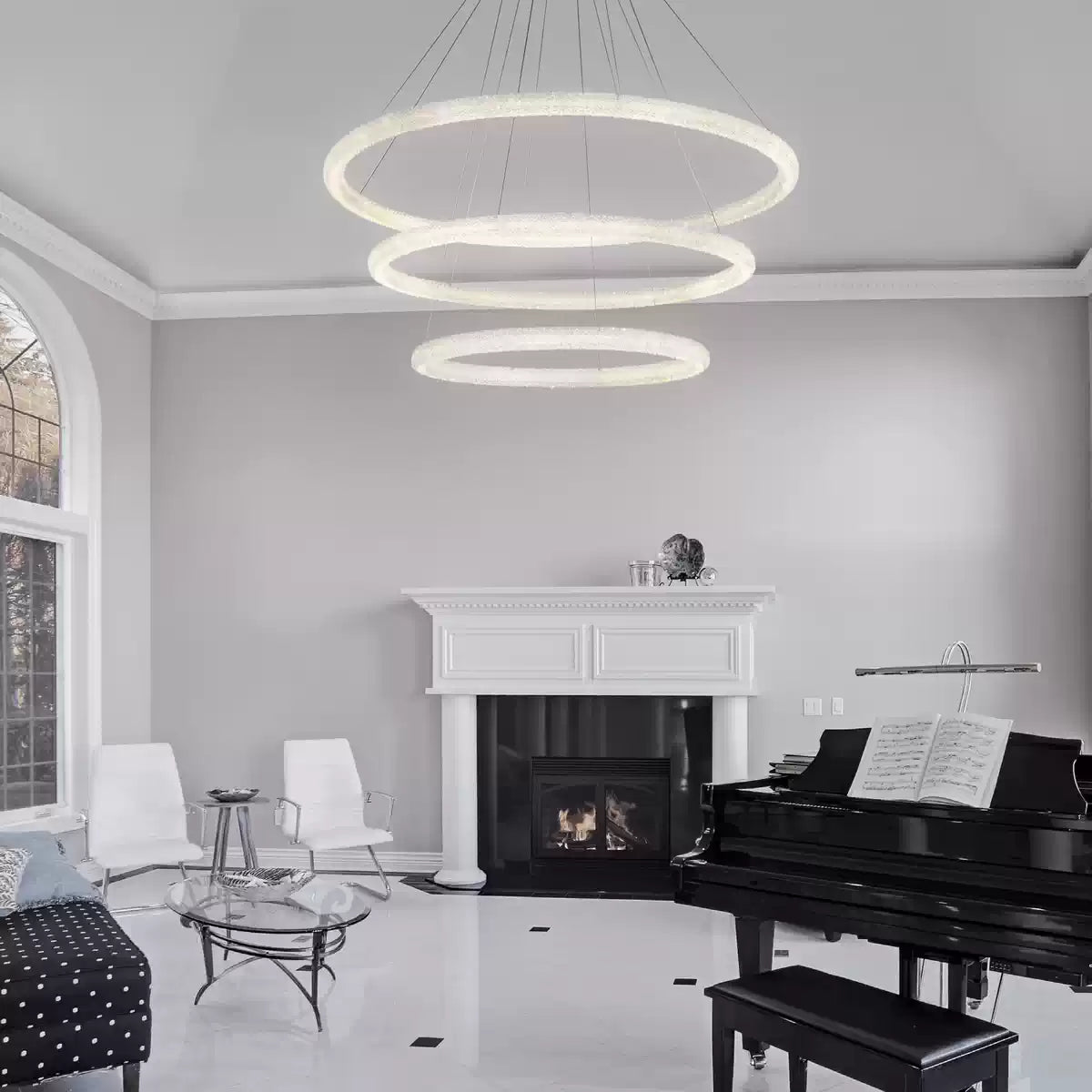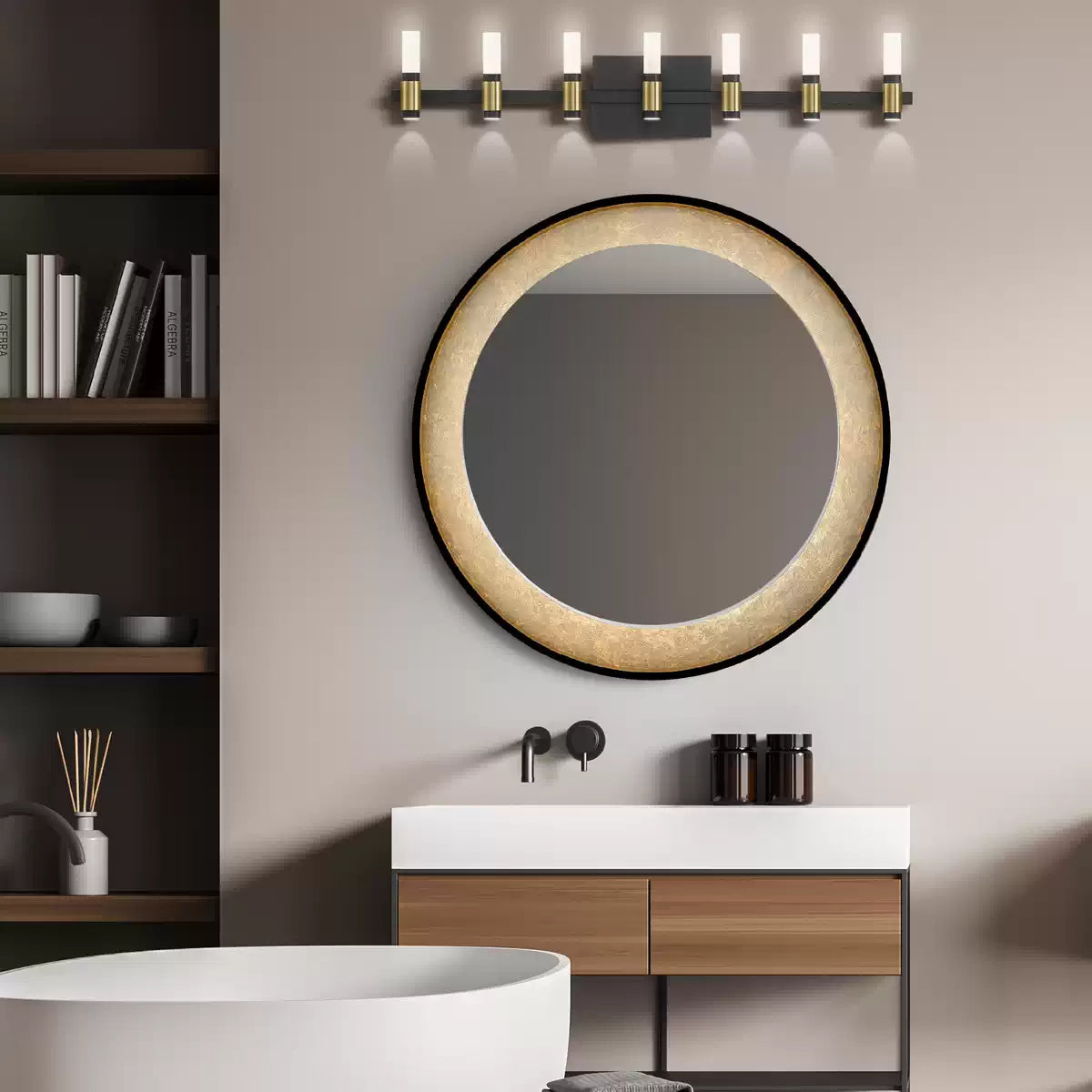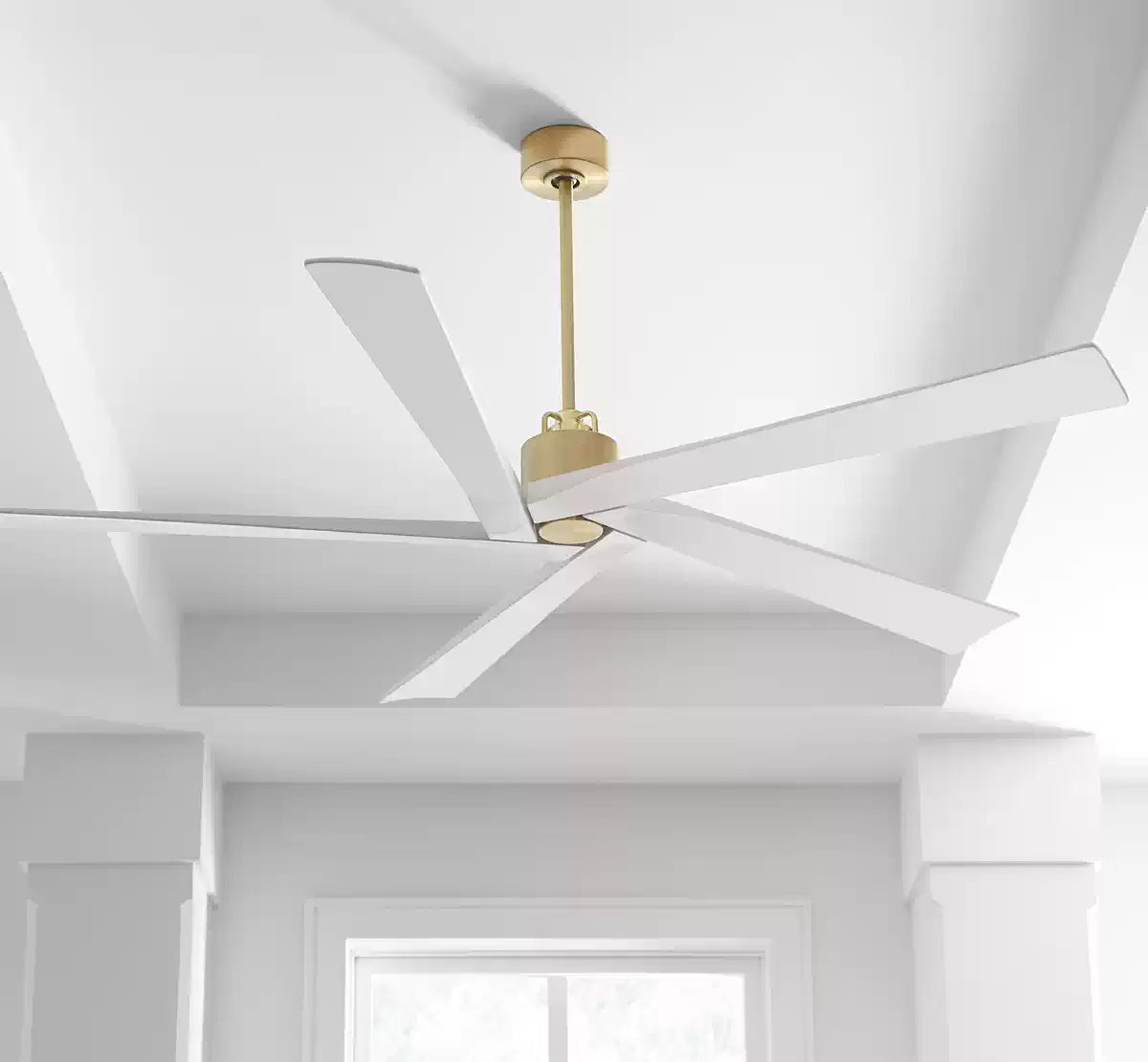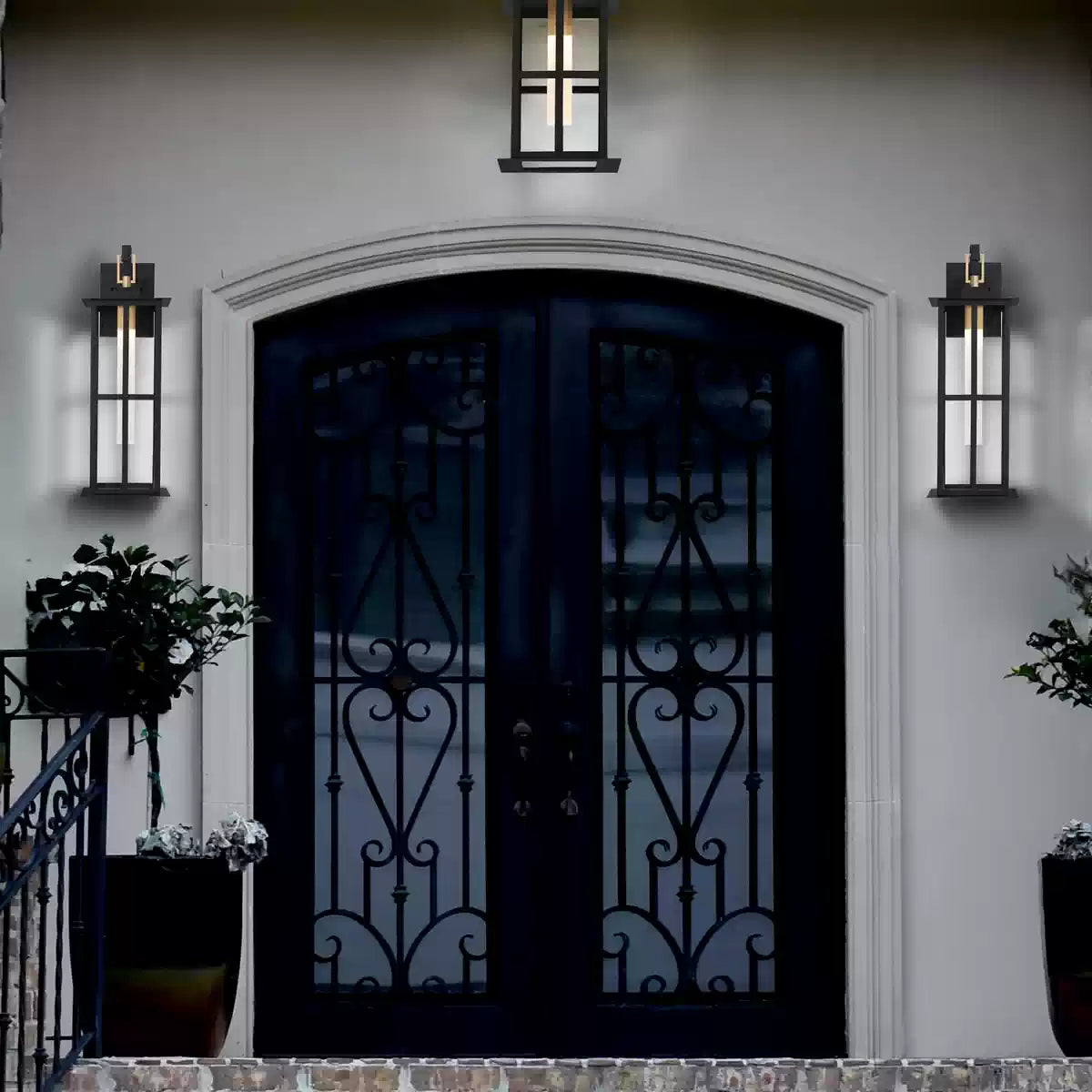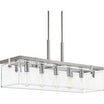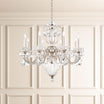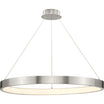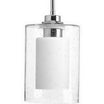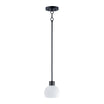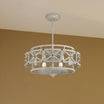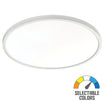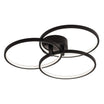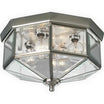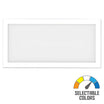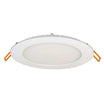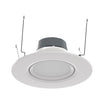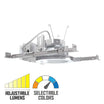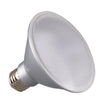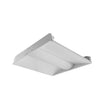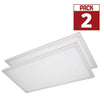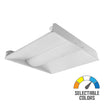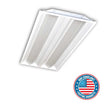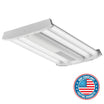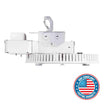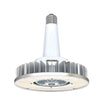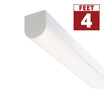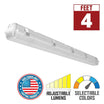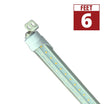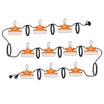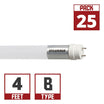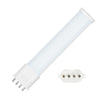Floor lamps are not merely utilitarian light sources. They are an integral aspect of your home décor, adding personality and style to your rooms while providing practical illumination. This guide is a deep-dive into the world of floor lamps, helping you choose the perfect one for your space.
1. Understanding the Role of Floor Lamps
Floor lamps are tall, freestanding light fixtures designed to illuminate your living spaces from a height. Unlike overhead lights, floor lamps add a cozy, intimate touch to your rooms. They can serve multiple functions, from providing ambient light to highlighting specific areas or objects.
1.1. Ambient Lighting
One of the main roles of floor lamps is to provide ambient or general lighting. Such lamps are designed to cast light indirectly throughout the room, creating a warm and welcoming atmosphere. Ambient floor lamps are perfect for living rooms and bedrooms where you want to create a relaxing environment.
1.2. Task Lighting
Floor lamps can also serve as task lights, providing focused illumination for specific activities such as reading, writing, or crafting. These lamps are designed to direct light onto a specific area, making it easier to perform tasks that require good visibility.
1.3. Accent Lighting
Floor lamps can also function as accent lights, drawing attention to particular objects or areas of a room. By casting light on an artwork, a plant, or a unique architectural feature, accent floor lamps can enhance the aesthetic appeal of your space.
2. Choosing the Right Height
The height of your floor lamp plays a crucial role in determining the type and quality of light it provides.
2.1. The Eye-Level Rule
A basic rule of thumb when choosing the height of your floor lamp is to consider the eye level. If you plan to use the lamp while seated, the bottom of the shade should line up with your eye level to avoid glare.
2.2. Height by Furniture
Consider the height of the furniture near which you plan to place the floor lamp. If it's next to a sofa or a chair, the lamp's height should correspond to the seated person's eye level. For a lamp placed further away or intended to arch over a larger seating area, opt for a taller design.
3. Exploring Different Types of Floor Lamps
Floor lamps come in a variety of styles, each offering unique functional benefits. Let's explore some of the most popular types.
3.1. Torchiere Floor Lamps
Torchiere floor lamps have an upward-facing shade, directing light towards the ceiling. This design helps to provide general room lighting without glare, making them ideal for ambient lighting.
3.2. Club Lamps
Club lamps, also known as stick lamps, are designed for area lighting. They usually feature a three-way socket or a twin socket operated by a pull chain, allowing you to adjust the brightness.
3.3. Tray Lamps
Tray lamps are essentially club lamps with a tray inserted at table height, serving as both a lamp and a side table. They are excellent space savers, ideal for smaller rooms.
3.4. Adjustable Club Lamps
Adjustable club lamps are a variant of the standard club lamp, offering the flexibility to change the lamp's height as per your needs.
3.5. Swing Arm Lamps
Swing arm lamps feature an adjustable arm, allowing you to change the position of the light easily. They offer both task and ambient lighting.
3.6. Arc Floor Lamps
Arc floor lamps are a combination of reading and ambient floor lamps. They feature a stem that extends up and out, allowing the shade to be moved directly over the space for more focused lighting.
3.7. Pharmacy Floor Lamps
Pharmacy floor lamps provide very specific directed light, with adjustable height and a head that can be swung in different directions. They are ideal for tasks that require focused lighting.
4. Selecting the Right Features
Beyond the basic structure and function, floor lamps come with a variety of features that can enhance their utility and appeal.
4.1. USB Floor Lamps
USB floor lamps come with a built-in USB port, allowing you to charge your electronic devices easily. This feature can be particularly handy in a living room or bedroom, where you may want to keep your phone or tablet within reach.
4.2. Adjustable Features
Some floor lamps come with adjustable features that allow you to alter the height and direction of the light. For instance, reading or task floor lamps often feature adjustable poles, making them highly versatile.
4.3. Dimmable Lamps
Dimmable lamps come with a built-in dimmer switch, allowing you to adjust the light intensity. This feature can be particularly useful in creating different moods in your room.
4.4. Floor Lamps with Tables or Shelves
Some floor lamps come with a table or shelf built into the design. They not only provide lighting but also a handy spot to place items such as remote controls, drinks, and books.
5. Determining the Right Size
The size of your floor lamp can significantly impact its functionality and aesthetic appeal.
5.1. Scale and Balance
The scale of your floor lamp should be in harmony with the size of the room and its furniture. A small lamp may look out of place in a large room, while a large lamp may overwhelm a small space.
5.2. Height Considerations
The height of the light source determines the spread of the light. A taller lamp casts a wider spread of light, providing more ambient lighting.
5.3. Lamp Base Size
The size of the lamp base is crucial for both stability and space considerations. A larger base provides more stability but takes up more floor space.
6. Selecting the Perfect Style and Finish
The style and finish of your floor lamp should complement the overall décor of your room.
6.1. Modern vs. Traditional
Floor lamps come in a variety of styles, from modern minimalist designs to more traditional or ornate ones. Consider the overall style of your room when choosing a lamp that fits your aesthetic.
6.2. Metal Finishes
Floor lamps often feature metal finishes such as brass, nickel, or black. Try to match the lamp's finish with other metal elements in your room for a cohesive look.
7. Choosing the Right Lampshade
The lampshade plays a crucial role in determining how the light is diffused.
7.1. Shape and Size
The shape and size of the lampshade can impact the direction and intensity of the light. A wider shade will allow more light to spread throughout the room, while a narrower shade will provide more focused lighting.
7.2. Material
The material of the lampshade also influences the light output. Fabric shades tend to diffuse light and create a softer glow, while metal shades direct light in a specific direction.
8. Selecting the Right Bulb
The type of bulb you use in your floor lamp can significantly affect the quality and intensity of the light.
8.1. Incandescent Bulbs
Incandescent bulbs are the most common type of bulbs used in floor lamps. They provide a warm, inviting light, making them ideal for creating a cozy atmosphere.
8.2. Compact Fluorescent Light (CFL) Bulbs
CFL bulbs are more energy-efficient than incandescent bulbs and provide a brighter light. However, they may not be compatible with dimmer switches.
8.3. Light Emitting Diode (LED) Bulbs
LED bulbs are highly energy-efficient and have a long lifespan. They can produce warm light and are compatible with dimmer switches.
9. Considering Energy Efficiency
If energy efficiency is a priority for you, consider choosing a floor lamp with energy-saving features, such as LED bulbs or built-in motion sensors.
10. Checking the Technical Specifications
Before purchasing a floor lamp, check its technical specifications such as the maximum bulb brightness, number of bulbs, and type of switch.


